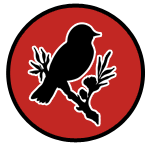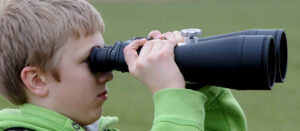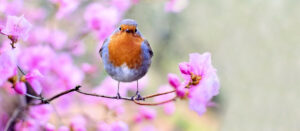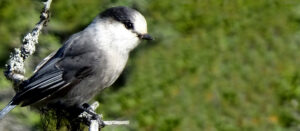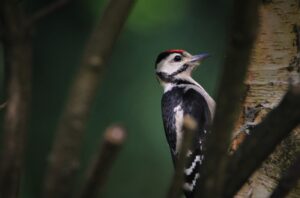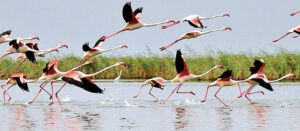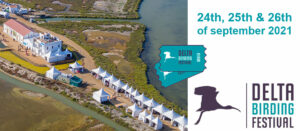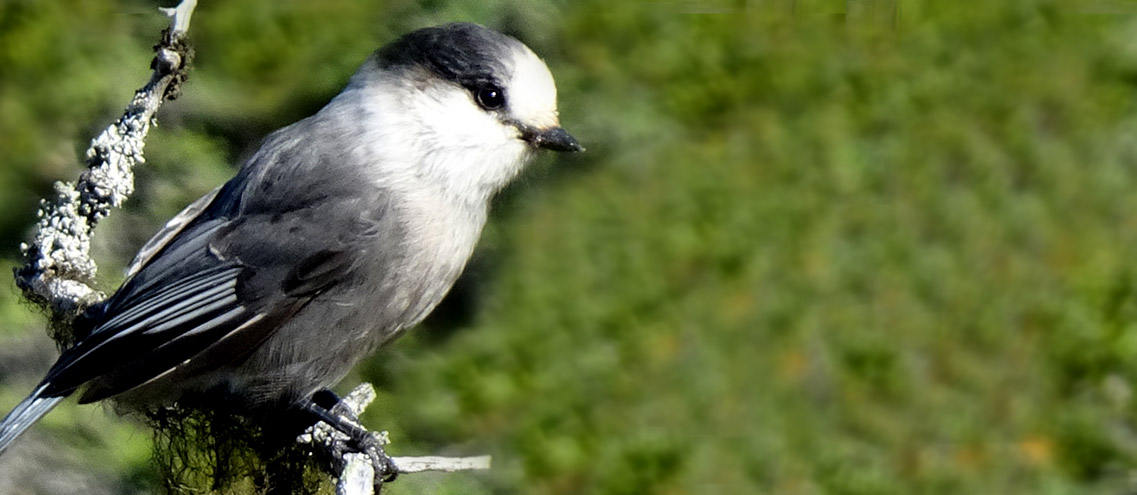
House sparrows and starlings are commonly found in gardens, but what about some of the more colourful varieties? If you keep a look out you may see some of these wild birds visiting your garden.
Steller’s Jay
The Steller’s Jay is a relative of the Blue Jay. If you spot one you’ll see how similar they look. However, the Steller’s jay has longer legs, a thinner bill and a more noticeable crest on it’s head. Steller’s Jay has a black head with a prominent crest, flecked with blue., The body is blue with long stripped tail feathers. This bird is a song bird, so you may hear them before you have a clear sighting. Quite a chunky bird, they average 120g and are very active birds. Inquisitive and clever birds, they like to get involved with their environment to search for food. They can be found particularly in forested areas such as campsites and national parks. Their diet consists mainly of pine seeds, nuts, berries, and acorns. In summer months Steller’s jays feast on insects, bees wasps and other forest bugs.
Anna’s Hummingbird
A beautiful little green and pink bird, Anna’s Hummingbirds are found commonly in the Vancouver area. The pink throats are only to be found on the males, and may appear grey or dull until sunlight reflects off them giving an iridescent effect. Certainly eye-catching to another Hummingbird!
Anna’s Hummingbirds are commonly found in gardens, parks, coastal scrublands and in the woodlands by rivers. They are looking for flowering plants to source sweet nectar. Their long, thin bills are perfectly designed to poke into flowers. If you want to help your hummingbird visitors, you can provide a free meal. Create a sugar water solution, 1 part sugar to 4 parts water. You can hang if from a hummingbird feeder in the shade during summer to feed your visitors for a few days before the sugar water spoils.
Downy Woodpecker
Strictly speaking, the downy woodpecker is not an overly colourful bird except for a scarlet cap on the males. The Downy woodpecker is the smallest woodpecker variety. They are sparrow sized, weighing around 25grams. Their markings are black and white stripes on the head and a broad white stripe down the centre of the back. You’ll also notice white tail feathers dotted with black spots.
If you don’t see this little guy, you’ll probably hear him. As you will expect from the name and his famous cartoon character Woody woodpecker, the tap tap tap sound you will hear is his beak drumming against the trunk of a tree. If you’ve ever wondered why a woodpecker pecks wood now is the time to find out! Wood pecking occurs for 3 reasons.
Firstly, by pecking into the wood the bird can uncover their food; insects and larvae.
Secondly, pecking holes in dead wood for long enough provides a nest space for the birds. These are often quite safe hiding holes for woodpeckers. These holes also provide nest space for other bird species such as wrens and bluebirds who don’t have the wood pecking abilities but love to build nests in hollowed out trees too. So they really can be seen as construction workers for the bird community.
Thirdly, the drumming on wood is a form of communication. The sound tells other woodpeckers in the area this is their territory or to attract a mate. They particularly live in open woodlands, parks, and gardens.
As you can see, there is a great wealth of natural wildlife to be spotted when you take a breath and sit quietly for a while. Happy bird watching!
